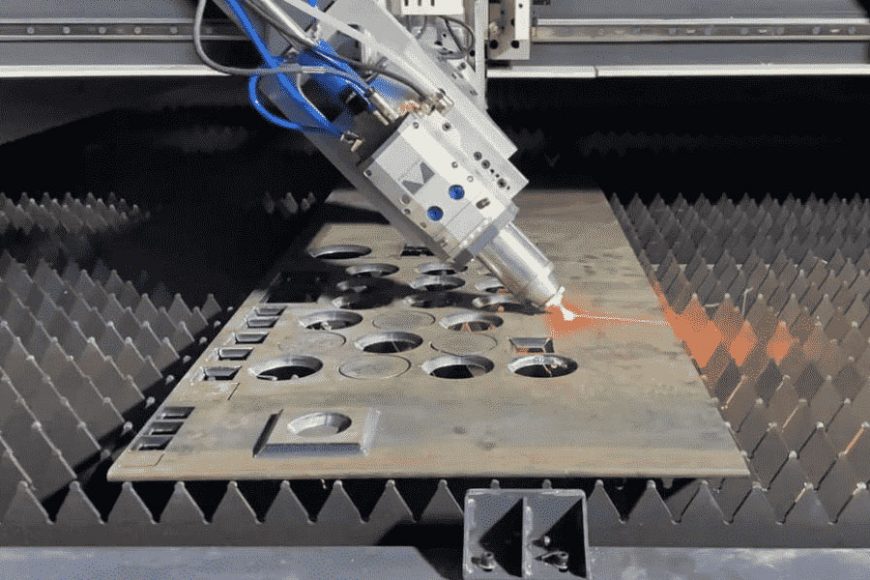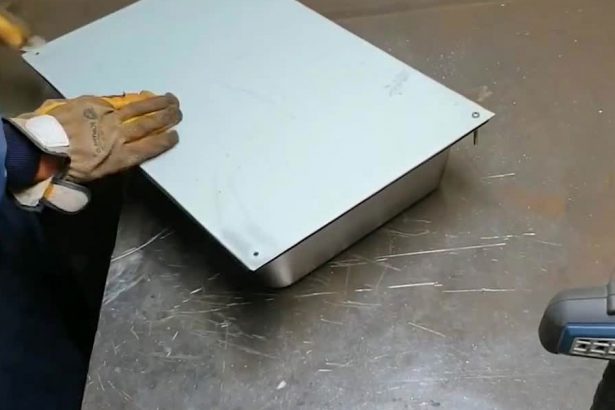Metal laser cutting has revolutionized the manufacturing industry, offering precise and efficient methods for cutting metal sheets and components. While the benefits of laser cutting are undeniable, cost-efficiency remains a significant concern for businesses looking to optimize their operations. Fortunately, there are proven ways to reduce metal laser cutting costs without compromising quality or precision. In this article, we will explore some strategies that can help your company save money while still benefiting from the advantages of laser cutting technology.
Material Optimization
One of the most effective ways to reduce metal laser cutting costs is to optimize the use of materials. This involves minimizing waste by accurately planning and nesting the parts to be cut. Using computer-aided design (CAD) and computer-aided manufacturing (CAM) software, you can maximize the utilization of your metal sheets, thereby reducing the amount of scrap material and saving both money and resources.
Batch Processing
Batch processing is another technique that can help lower costs. Instead of cutting individual parts one by one, consider grouping similar components together for a single run. This reduces setup and changeover time, leading to increased productivity and cost savings.
Advanced Cutting Technology
Investing in state-of-the-art laser cutting machines can be a wise long-term decision. Modern laser cutting equipment is not only more efficient but also consumes less energy. By upgrading your machinery, you can take advantage of improved cutting speeds, precision, and reduced operating costs.
Maintenance and Calibration
Regular maintenance and calibration of your laser cutting equipment are essential for ensuring its longevity and optimal performance. Well-maintained machines tend to consume less energy and produce less waste, resulting in cost savings over time.
Automation
Automation is a key component of cost reduction in laser cutting. Automated loading and unloading systems, as well as real-time monitoring and control, can significantly increase production efficiency and reduce labor costs. Implementing automation also enhances the overall safety of the cutting process.
Workpiece Design
The design of the workpieces themselves can impact laser cutting costs. Complex shapes and intricate details may require longer cutting times and more precise adjustments, increasing the overall cost. Simplifying the design of components, whenever possible, can lead to substantial savings.
Choose the Right Laser Source
Selecting the appropriate laser source for your specific cutting needs is crucial. CO2 and fiber lasers are two common options, each with its advantages and disadvantages. Fiber lasers are known for their energy efficiency, offering potential savings in operating costs.
Bulk Material Purchases
Buying metal sheets in bulk can lead to cost reductions through volume discounts. Carefully analyze your production needs and order materials accordingly to enjoy the financial benefits of bulk purchasing.
Vendor Negotiation
Laser cutting service providers may offer volume discounts and competitive pricing for long-term partnerships. Negotiating contracts and establishing reliable relationships with vendors can lead to more favorable pricing agreements, ultimately reducing your laser cutting costs.
Energy Efficiency
Implement energy-efficient practices, such as optimizing cutting parameters and reducing idle machine times. Simple adjustments like turning off equipment when not in use and using energy-saving modes can lower your energy bills.
Conclusion
Reducing metal laser cutting costs is achievable through a combination of smart practices and strategic investments. By optimizing material usage, batch processing, upgrading equipment, performing regular maintenance, and adopting automation, your business can save money while enjoying the benefits of precise and efficient metal cutting. Furthermore, paying attention to the design of workpieces, choosing the right laser source, buying materials in bulk, negotiating with vendors, and embracing energy-efficient practices can all contribute to significant cost reductions. Implementing these proven strategies will not only make your laser cutting processes more economical but also more sustainable in the long run.




